News from the Juno mission: Io and Ganymede
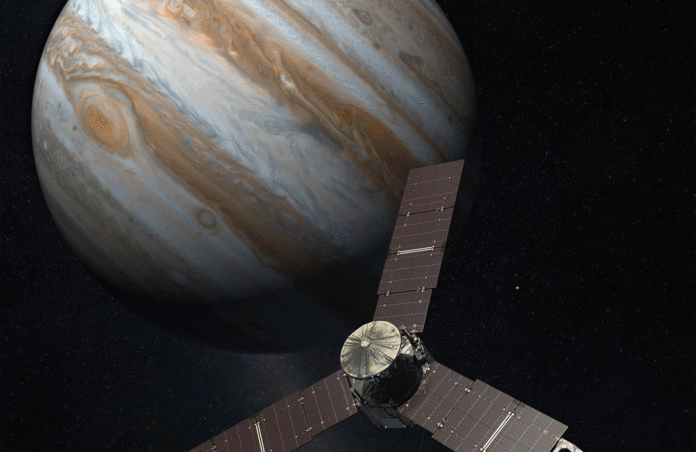
Io and Ganymede, two of Jupiter's many moons, have been observed and listened to by the Juno spacecraft, with some fascinating insights at stake.
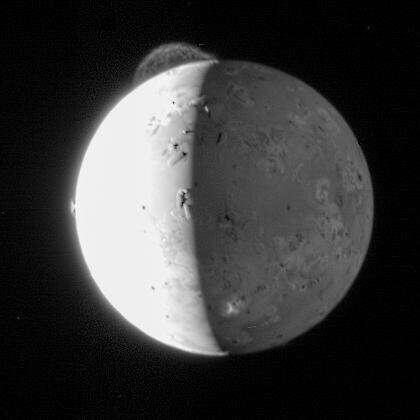
Io and its volcanoes (New Horizons image) 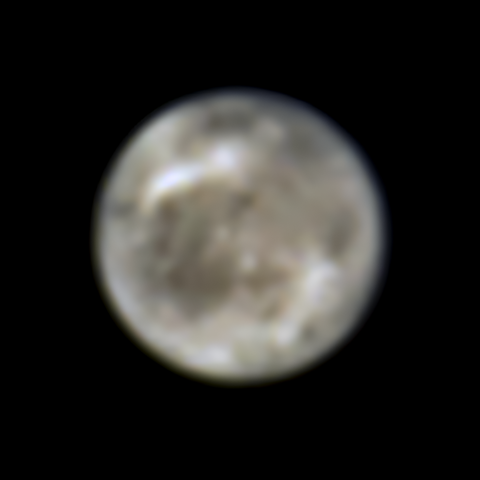
Ganymede and its ice (Hubble image)
The Jovian moon Io is the closest to its planet, but it also gets gravitationally attracted by Jupiter’s other moons. This tension creates internal heat, that gets “expressed” through volcanic eruptions at Io’s surface, which eject 1 ton of material per second into space. Jupiter is not just the largest planet of the Solar System, it also has the strongest magnetic field; Io is so close that it orbits within that field. Some of the gas and particles that the volcanoes spit out are ionised, which means there are notably free electrons – since they are negatively charged, it is easy to see that this leads to interactions with the nearby magnetic field. More precisely, electrons are accelerated towards the poles of Jupiter, which generates a phenomenon called decametre radio waves (DAM, i.e. a wavelength range from one to ten decametres, or ten to one hundred meters).
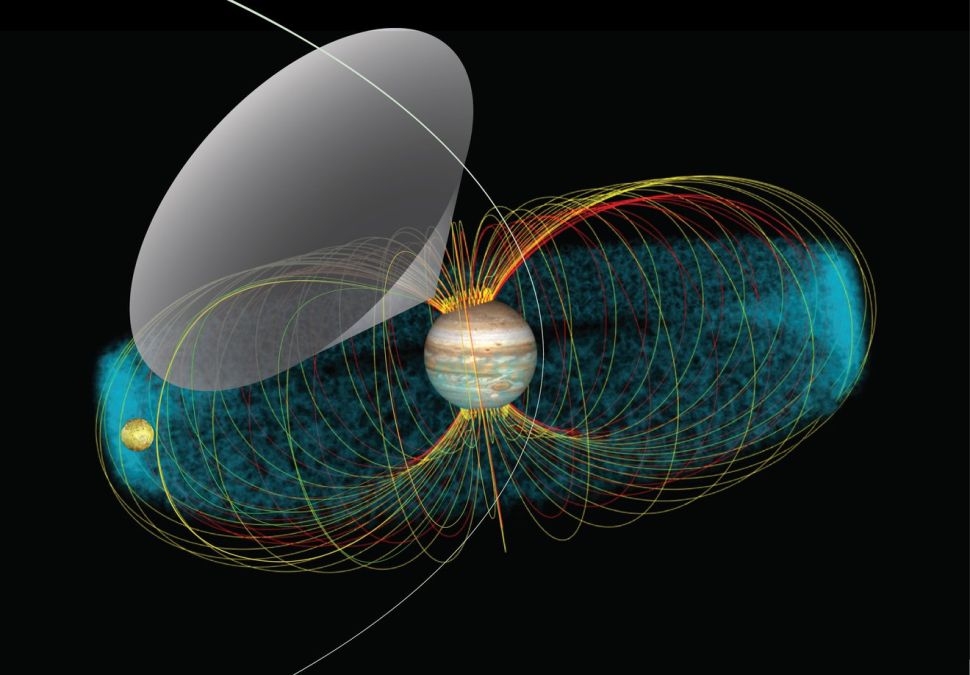
The exciting news is that NASA’s Juno mission has been able to pinpoint the location where the DAMs are emitted from. If the conditions of the magnetic field and of electron density are right, the waves will propagate following the hollow cone shape depicted above, and get picked up by JUNO’s instruments when the spacecraft is in the right place. Surprisingly, the researchers found from Juno’s “listening” that the electrons are 23 times more energetic than previously thought. This could indicate that DAMs get generated by the interaction of solar wind particles rather than Io’s volcanic ejections. Nevertheless, this moon has an important role to play for Jupiter: one example is that by passing through the Jovian magnetic field, it creates an electric current of 3 million ampere (1 lightbulb ≈ 1 ampere) in the shape of the “Io flux tube”, which in turn provokes a trail of aurorae in Jupiter’s atmosphere, known as the “Io footprint”.
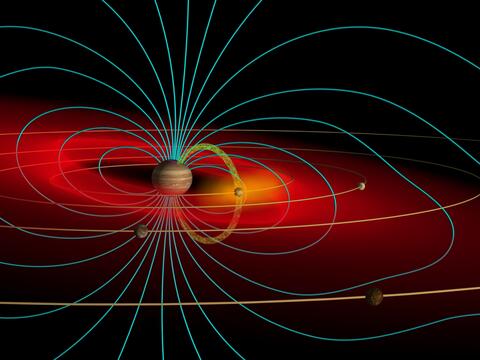
Artist's illustration of Jovian magnetic field and Io interacting with it 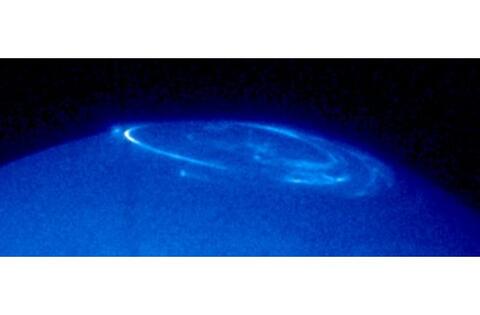
UV light from Jupiter
Let’s turn to another discovery by Juno, achieved by being combined with data taken with the Hubble Space Telescope. This time, it’s Ganymede that displays something new: there is evidence for the presence of water vapour in this moon’s thin atmosphere. Note that Ganymede is larger than Mercury and Pluto, in fact it’s almost as big as Mars, and may contain more water than Earth. However, it comes mainly in frozen solid form, and liquid water might exist but only 160km (100 miles) below the surface. Previous research predicted that this ice can undergo sublimation, becoming vapour while skipping the liquid phase.
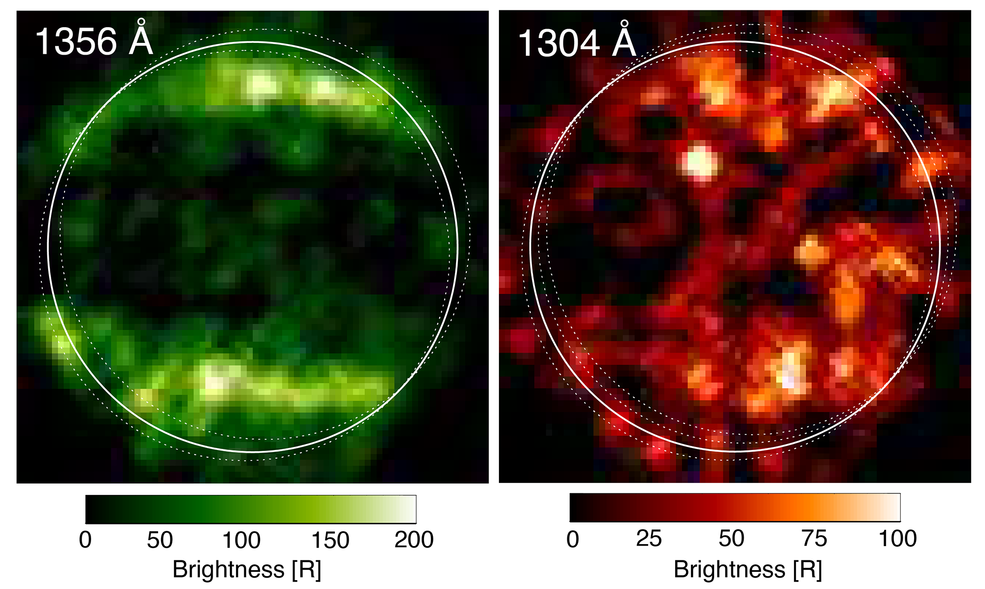
Ultraviolet observations of Ganymede suggest the presence of the molecule O2, i.e. two oxygen atoms, but the data didn’t fit models where only that molecule is in the atmosphere. Juno found that it couldn’t be explained with atomic oxygen either, since this is rare in Ganymede’s atmosphere. By considering that the moon’s surface temperature varies with highs of about -123 °C at noon at the equator and lows of about -193 °C at night, they found a pattern of stronger UV emissions at hotter spots where the surface ice undergoes sublimation.
Juno has helped unpack some of the questions about Jupiter's moons; yet the complicated environment around the giant planet, including its magnetic field, but also the moons' own complexities, mean that results are uncertain and that observations continue.
Cover Image: Artist illustration of Juno and Jupiter, NASA/JPL-Caltech
Image Credits:
1 - Io and volcanic plume, NASA/JHUAPL/SwRI
2 - Ganymede from HST, NASA, ESA, J. Spencer (SwRI Boulder)
3 - Io and Jupiter's magnetic field, NASA/GSFC/J. Friedlander
4 - Io-Jupiter interactions, J.Spencer
5 - HST view of Io footprint, NASA
6 - UV images of Ganymede, NASA, ESA, L. Roth (KTH)
